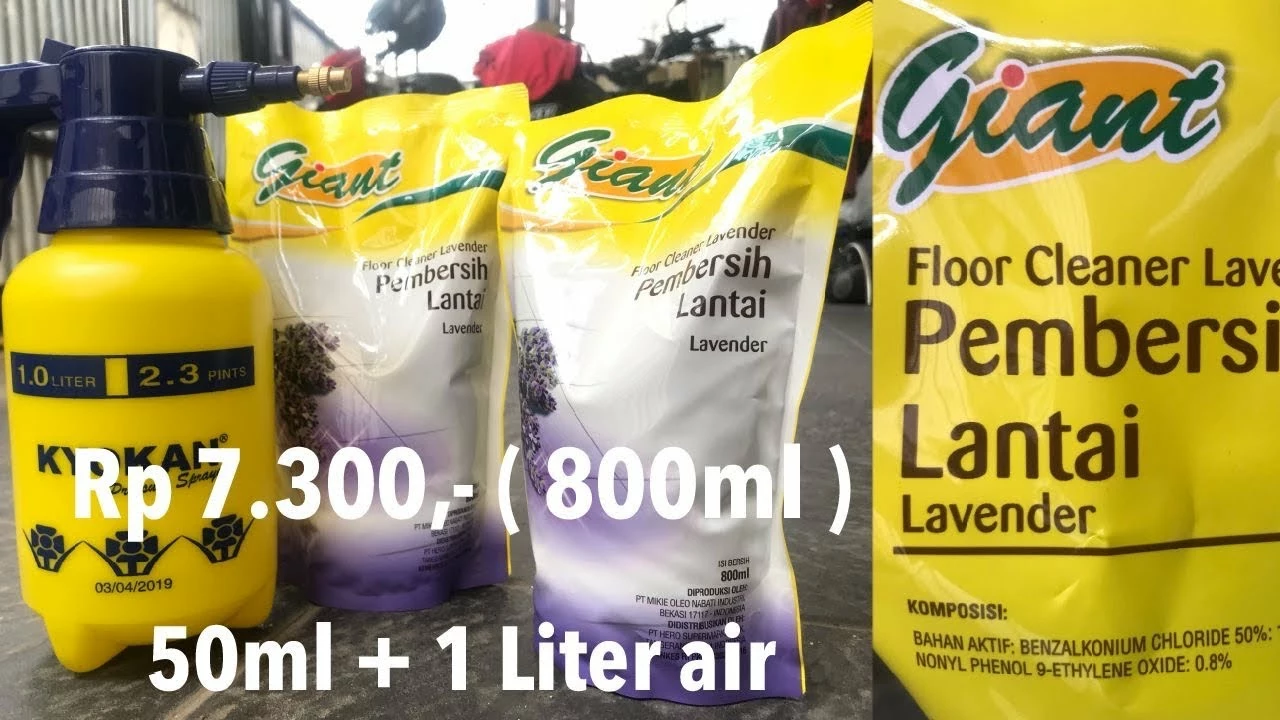Blisters: What They Are and How to Take Care of Them
Blisters are small pockets of fluid that form on your skin, usually because of friction, heat, or irritation. Ever gotten a blister from new shoes or a sunburn? That clear fluid inside is your body’s natural way to protect the damaged skin underneath.
But blisters can pop or get infected if not handled properly. So, how do you treat blisters to avoid making things worse? First, try not to pop them. The skin over a blister is like a natural bandage—keeping bacteria out and helping your skin heal. Cover the blister with a clean, soft bandage if it’s in a spot where it might get rubbed again.
Common Causes and How to Prevent Them
Most blisters come from repeated rubbing, like from tight shoes or holding tools without gloves. Heat and burns, including sunburn, can also cause blisters. Sometimes certain skin conditions or infections are the cause too. Knowing this helps you prevent blisters, like wearing comfy shoes and protecting your skin from the sun.
If a blister is painful, too big, or looks infected (red, swollen, or oozing pus), it’s better to see a doctor. They might drain it carefully or give you medicine to stop infection. And if you have medical conditions like diabetes, don’t try to treat blisters yourself—professional care is a must.
How to Care for Blisters at Home
For minor blisters, keep them clean by washing gently with soap and water. Change your bandages daily and avoid popping. If you must, use a sterile needle to make a small hole at the edge—then apply antibiotic ointment and cover it. Watch for signs of infection and keep the area dry and protected until healed.
Blisters usually clear up in a few days, but healing time depends on how you treat them and their cause. Taking good care means less pain and fewer complications. Remember, your skin is tough but deserves attention when it gets damaged.

